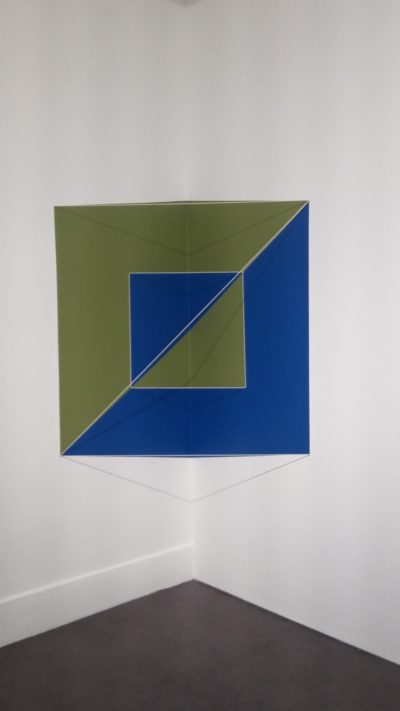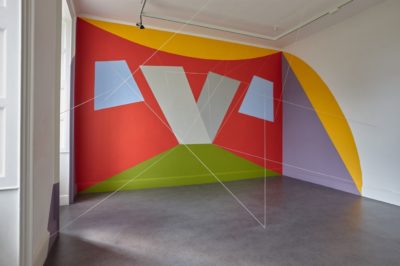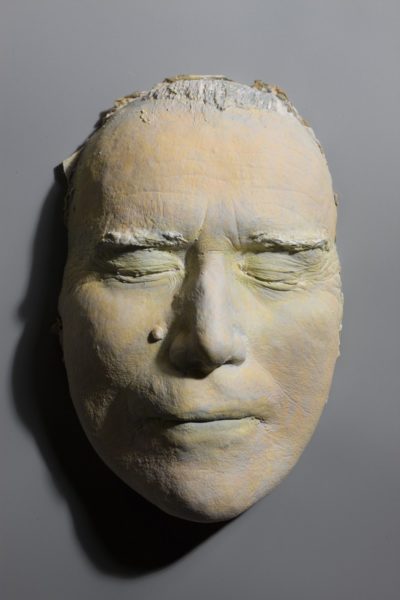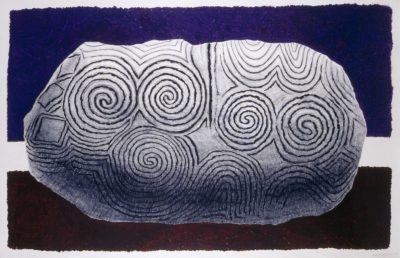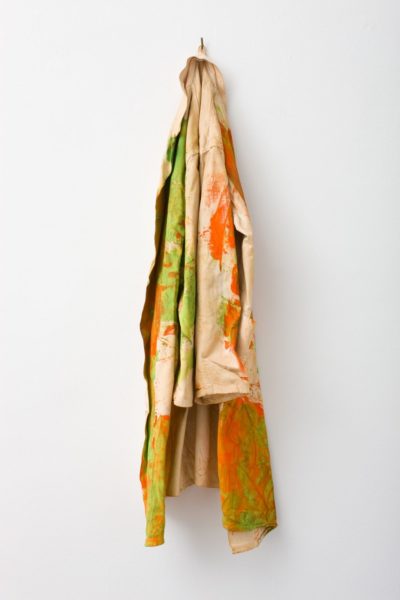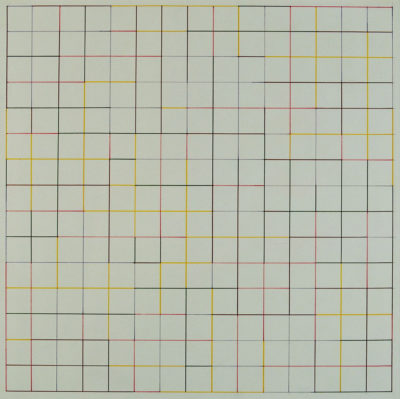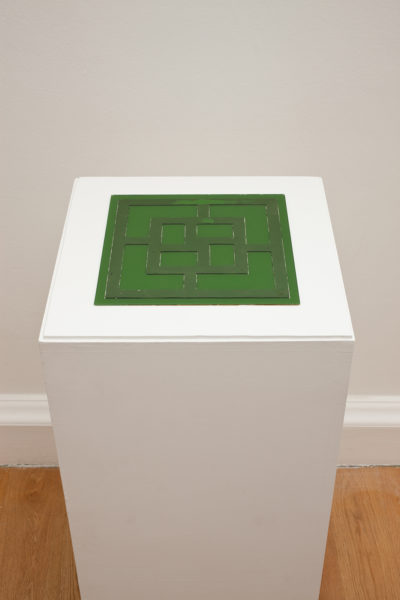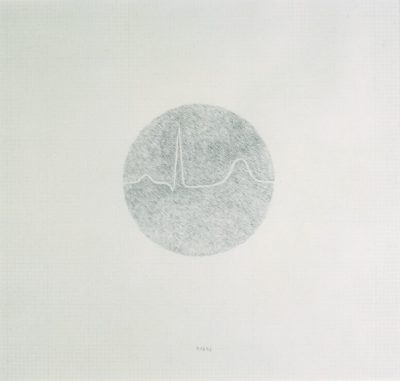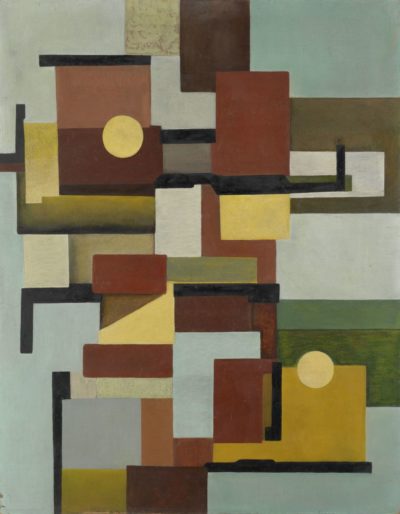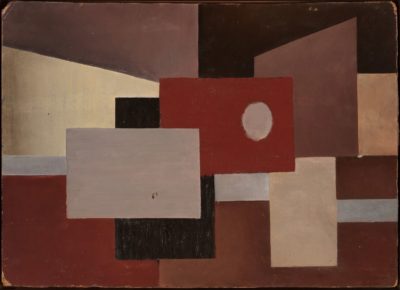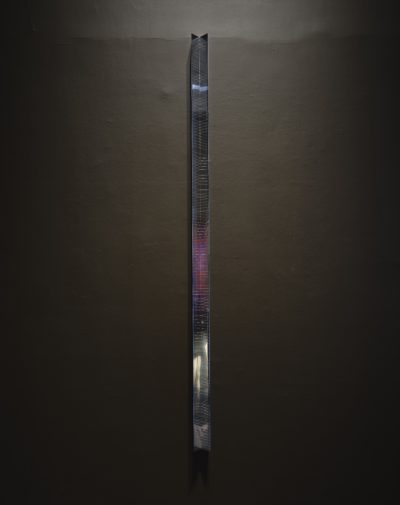Portrait of Marcel Duchamp, 1966
In Portrait of Marcel Duchamp, Brian O’Doherty reimagines the genre of portraiture by replacing the traditional visual likeness with a life signal. A former medical doctor who left the profession for art, O’Doherty connected Duchamp to a borrowed electrocardiograph on April 4, 1966, and recorded three readings of his heartbeat. The result is not a conventional image of a sitter, but a pulse rendered in electric rhythm. It’s an ephemeral trace of life translated into line and light.
The portrait is composed of 16 elements including cardiogram readouts, preparatory sketches, and custom-built oscilloscopes. In presenting this living record of Duchamp’s presence, the work confronts the very themes that Duchamp himself introduced to modern art: questions of identity, authorship, and the material limits of the art object.
Duchamp suggested to his friend to add “M. D.” to his signature on the work, which both implied Duchamp’s initials and referenced O’Doherty’s former occupation. But O’Doherty deliberately denied him this co-authorship, saying that: “I wasn’t going to let him participate in the creation. His heart had done its work.”
| Medium | Liquitex paint, wood, Perspex, and motor |
| Dimensions | Object size, 43.1 x 43.1 x 20.3 cm |
| Credit Line | IMMA Collection: Purchase, 2023 |
| Item Number | IMMA.4548 |
| Copyright | For copyright information, please contact the IMMA Collections team: [email protected]. |
| Tags |
